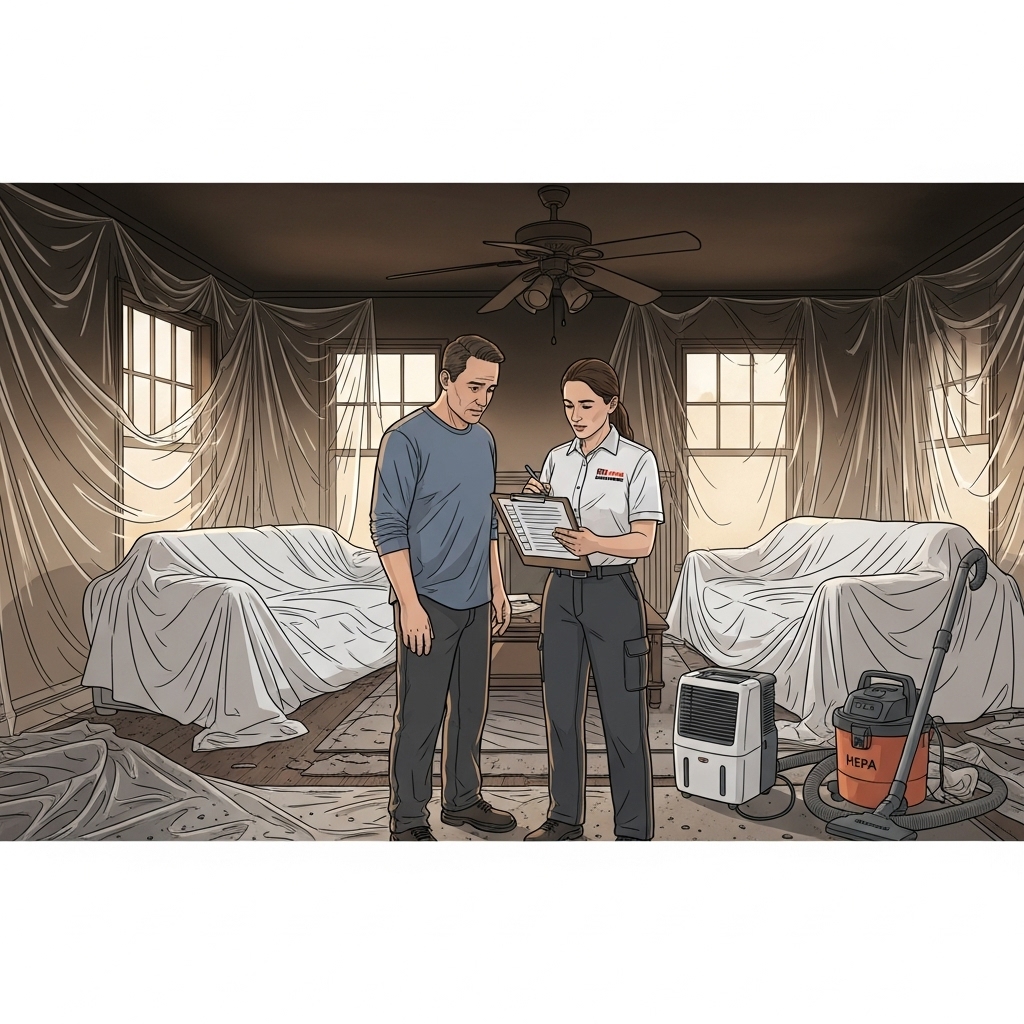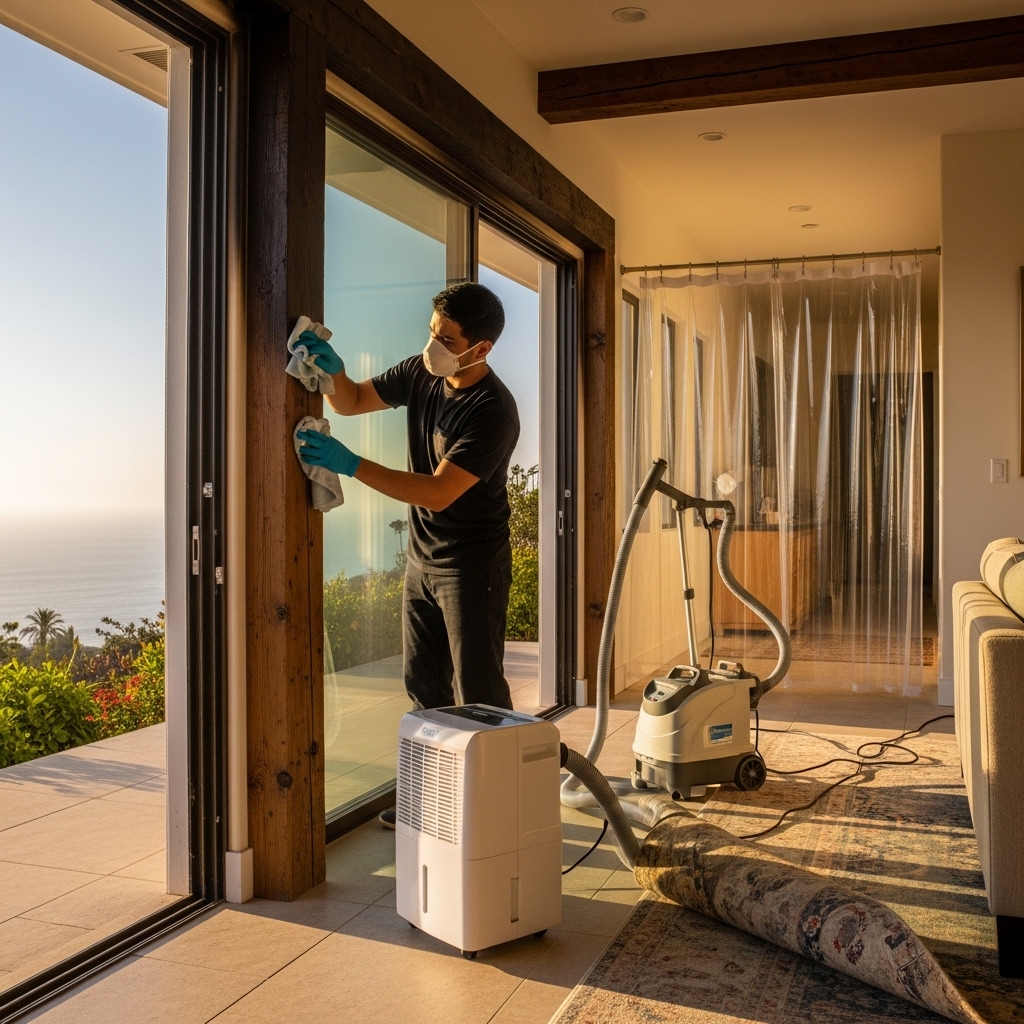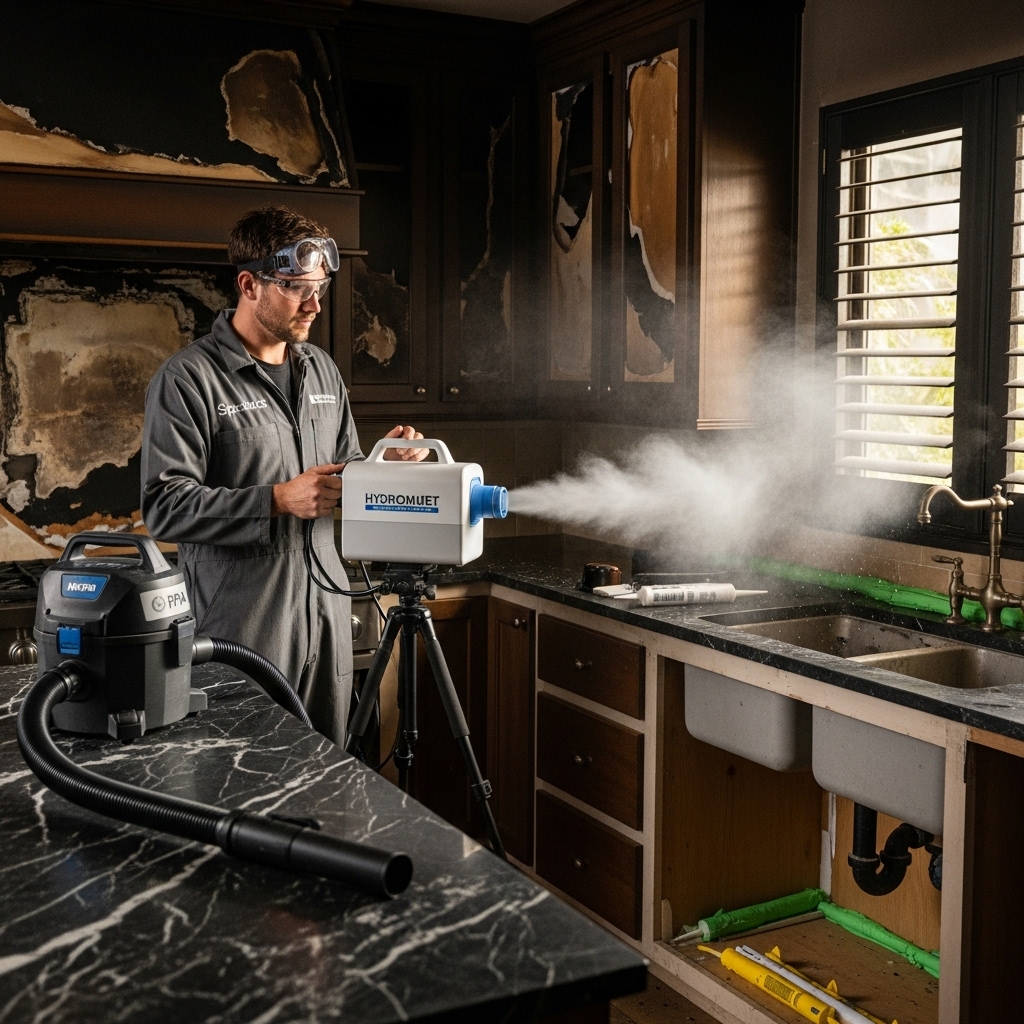Comprehensive Residential Fire Restoration Checklist for Canoga Park Homeowners
Recovering from a house fire can be overwhelming, but a clear, step-by-step checklist makes it manageable. In Canoga Park, California, local climate factors and common building materials call for a thoughtful approach that blends safety, documentation, cleanup, and coordinated repairs. The following checklist outlines practical actions you and your restoration team can take—from the first hours after the incident to the final walkthrough—so you can move forward with confidence. Early coordination with a trusted fire damage restoration provider ensures that each step happens in the right order and that important details are not missed.
Safety and Site Control
- Confirm Clearance for Entry: Only enter the home after authorities deem it safe. Be alert to structural issues, electrical hazards, and poor air quality.
- Use Protective Gear: Wear respiratory protection as advised, along with gloves and sturdy footwear. Avoid contact with soot-coated surfaces.
- Secure the Perimeter: Arrange for board-up and temporary fencing to prevent intrusion and weather exposure.
- Shut Off Utilities: Coordinate with professionals to turn off electricity, gas, and water until systems are inspected.
- Establish Clean and Dirty Zones: Limit movement in affected areas to reduce tracking soot into clean spaces.
Documentation and Communication
- Capture Photos and Video: Document all rooms, contents, and exterior conditions before cleanup begins.
- Create an Inventory: List damaged items and note brand, model, and serial numbers where applicable.
- Save Receipts and Records: Keep a dedicated folder for communications, approvals, and purchases related to recovery.
- Coordinate with Insurer: Share initial documentation and schedule a walk-through with your adjuster to align on scope.
- Identify Priorities: Flag essential items—medications, documents, valuables—for early evaluation and recovery.
Stabilization and Moisture Control
- Extract Standing Water: Begin removal as soon as access is safe to prevent swelling and microbial growth.
- Remove Unsalvageable Wet Materials: Target saturated drywall, insulation, and flooring where necessary.
- Deploy Drying Equipment: Use dehumidifiers and air movers to achieve balanced drying, monitored with moisture meters.
- Ventilate Strategically: Vent smoke and humidity without spreading contaminants to clean areas.
- Monitor Progress: Record moisture readings and adjust equipment placement as conditions evolve.
Soot and Smoke Cleanup
- Test Residues: Identify dry soot, oily soot, and protein residues to select suitable cleaning methods.
- HEPA Vacuuming: Capture loose particulates from ceilings, walls, and horizontal surfaces.
- Dry Sponge Cleaning: Lift soot from painted walls and flat finishes without smearing.
- Wet Cleaning: Use residue-appropriate detergents and controlled rinsing to avoid re-depositing contaminants.
- Detail Work: Address window tracks, light fixtures, cabinetry interiors, and hardware where soot accumulates.
Odor Neutralization
- Source Removal: Prioritize removal of charred materials and heavily contaminated items.
- Deodorization Methods: Consider thermal fogging, hydroxyl treatment, or other controlled approaches after cleaning.
- Textile Treatment: Launder or clean drapes, linens, and soft goods with odor-counteractant processes.
- Encapsulation When Needed: Seal exposed structural wood after cleaning to lock in residual odors.
- Air Quality Checks: Validate that odors are neutralized, not masked, before moving to rebuild.
HVAC and Airflow
- Shut Down Systems: Keep HVAC off until inspected to prevent spreading soot.
- Seal Registers: Cover vents during cleanup and replace filters with appropriate ratings before restart.
- Assess Ducts: Schedule professional duct cleaning if deposits are present.
- Balance Airflow: After cleaning, verify even distribution and odor-free air throughout the home.
- Monitor Post-Restart: Recheck filters and indoor air quality after systems are back online.
Contents: Sorting, Cleaning, and Storage
- Sort by Category: Separate items into clean-on-site, pack-out for specialty cleaning, and discard.
- Prioritize Sentimental and Critical Items: Stabilize and evaluate photos, documents, and heirlooms quickly.
- Electronics Evaluation: Have devices inspected before use due to corrosion and short-circuit risks.
- Textiles and Soft Goods: Use appropriate laundering and extraction methods to remove residues and odors.
- Secure Storage: Store cleaned items in a climate-controlled environment until the home is ready.
Selective Demolition and Preparation for Rebuild
- Open Concealed Areas: Access cavities where smoke traveled to remove odor sources and wet materials.
- Protect Unaffected Spaces: Maintain containment barriers and negative pressure zones during demo.
- Dispose Responsibly: Follow guidelines for debris removal and documentation of unsalvageable materials.
- Pre-Clean Surfaces: Prepare framing and substrates with final cleaning before new materials are installed.
- Verify Dryness: Confirm moisture targets are met to prevent future issues behind finished surfaces.
Rebuild and Finishing
- Coordinate Trades: Schedule carpentry, electrical, plumbing, and finishes in an efficient sequence.
- Match Materials Thoughtfully: Select finishes that balance durability, appearance, and maintenance needs.
- Inspect at Milestones: Verify workmanship and cleanliness at rough-in, pre-paint, and final stages.
- Protect During Finishes: Keep containment in place to prevent dust and odor transfer to clean areas.
- Final Clean: Perform a detailed clean after construction to remove fine dust and ensure healthy indoor air.
Local Considerations for Canoga Park Homes
In the San Fernando Valley’s warm, dry climate, soot can become airborne easily and travel through open windows and attic vents. Santa Ana winds may carry fine particulates farther than expected. Homes built across different decades may include a mix of plaster, drywall, stucco, and various roof assemblies. Tailoring your approach to these materials and conditions improves results. It also helps to plan for daily temperature swings that affect drying and odor behavior.
Communication and Documentation Best Practices
- Hold Regular Check-Ins: Review progress, address questions, and adjust plans as needed.
- Keep a Central Record: Store reports, readings, and photos in a shared location for quick reference.
- Clarify Decisions Promptly: Timely approvals prevent delays with contents, demo, and material orders.
- Align on Success Criteria: Define clear metrics—odor-free spaces, validated moisture levels, clean HVAC—before calling the project complete.
Midway through your project, revisiting priorities can keep momentum strong. Many homeowners in the area rely on experienced fire damage restoration professionals who understand local permitting, inspection timing, and material availability to help maintain schedules and reduce stress.
Frequently Asked Questions
Q: How soon should cleanup begin after a fire?
A: As soon as the property is safe to enter. Early action limits secondary damage from soot, smoke, and water left from firefighting.
Q: Can I clean walls and ceilings myself?
A: Avoid DIY attempts on soot-covered surfaces. Using the wrong methods can set stains and make deodorization more difficult later.
Q: How do I know if odors are truly gone?
A: Odor should be neutralized at the source, not masked. A successful result includes no smoke smell upon entry and clean air through the HVAC system.
Q: What about my clothes and linens?
A: Many textiles can be restored with odor-counteractant laundering. Sort items quickly and communicate priorities to your restoration team.
Q: Is it safe to stay in the home during cleanup?
A: It depends on the scope and containment measures. In some cases, partial or temporary relocation is recommended to protect health.
Q: Will I need permits for repairs?
A: Permits are typically required for structural, electrical, plumbing, or mechanical work. Local professionals can advise on requirements and coordinate inspections.
Q: How long does the process take?
A: Timelines vary based on damage extent, residue types, and material availability. Your provider should offer estimates and updates as work progresses.
Move Forward with Confidence in Canoga Park
Your home deserves careful, respectful restoration that brings back safety and comfort. With a clear checklist, transparent communication, and disciplined methods, you can navigate each step with less stress. For coordinated planning, meticulous cleanup, and reliable guidance from assessment through final walkthrough, connect with local experts in fire damage restoration who are ready to help you reclaim your space.


